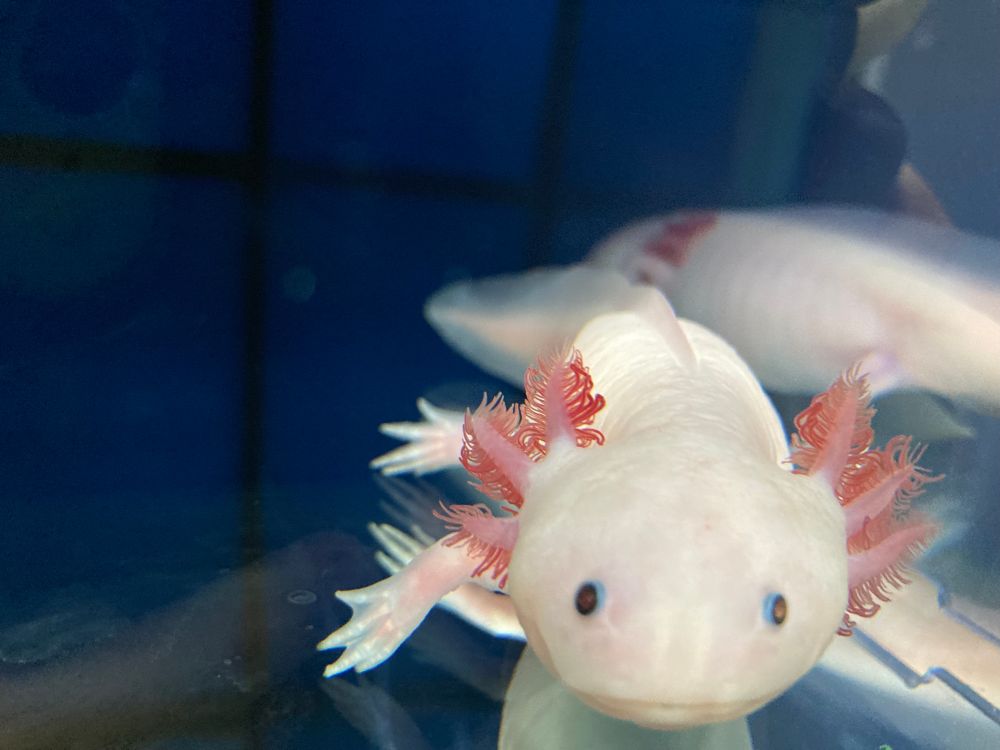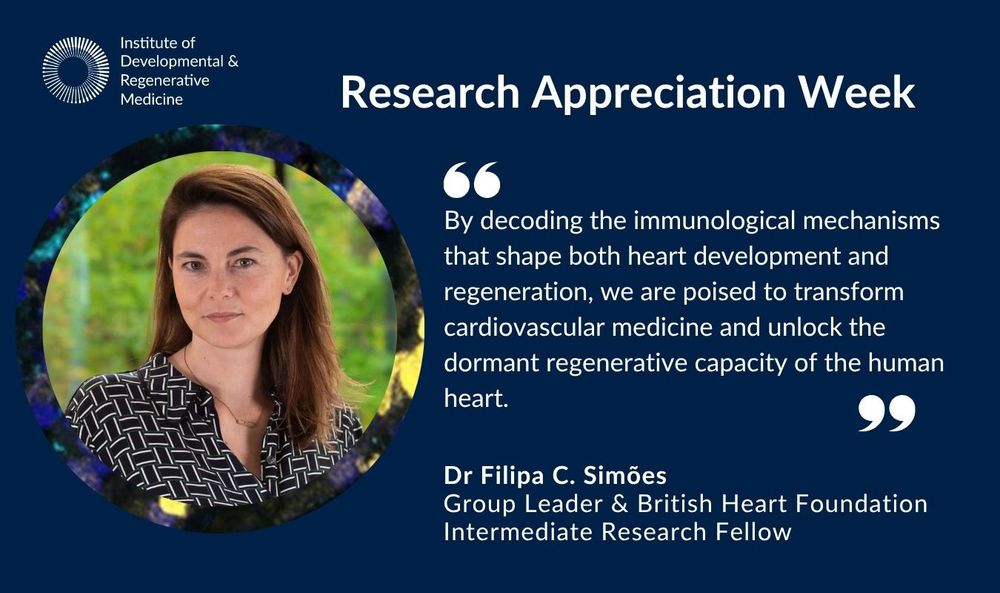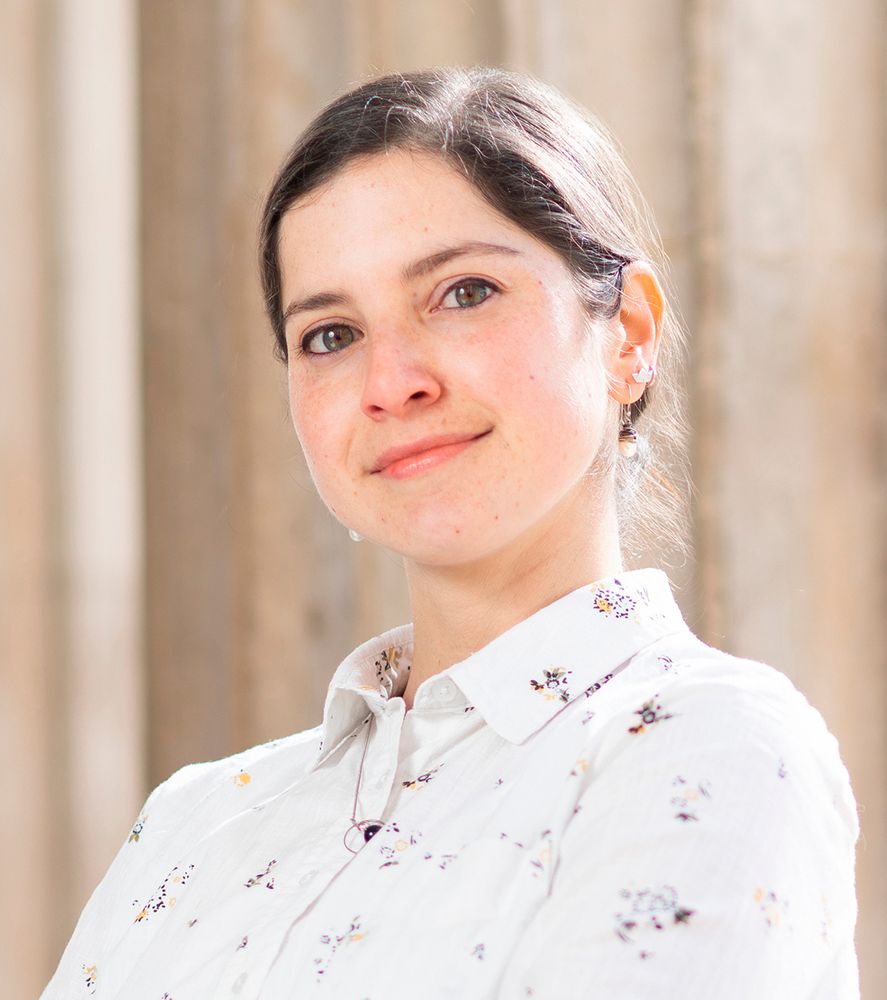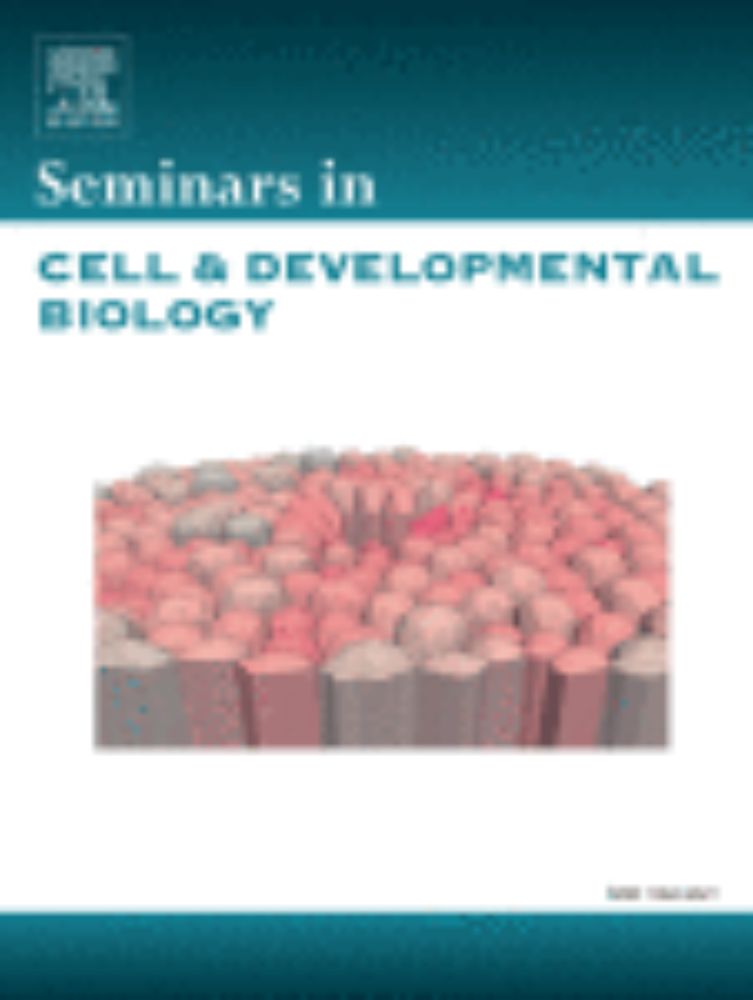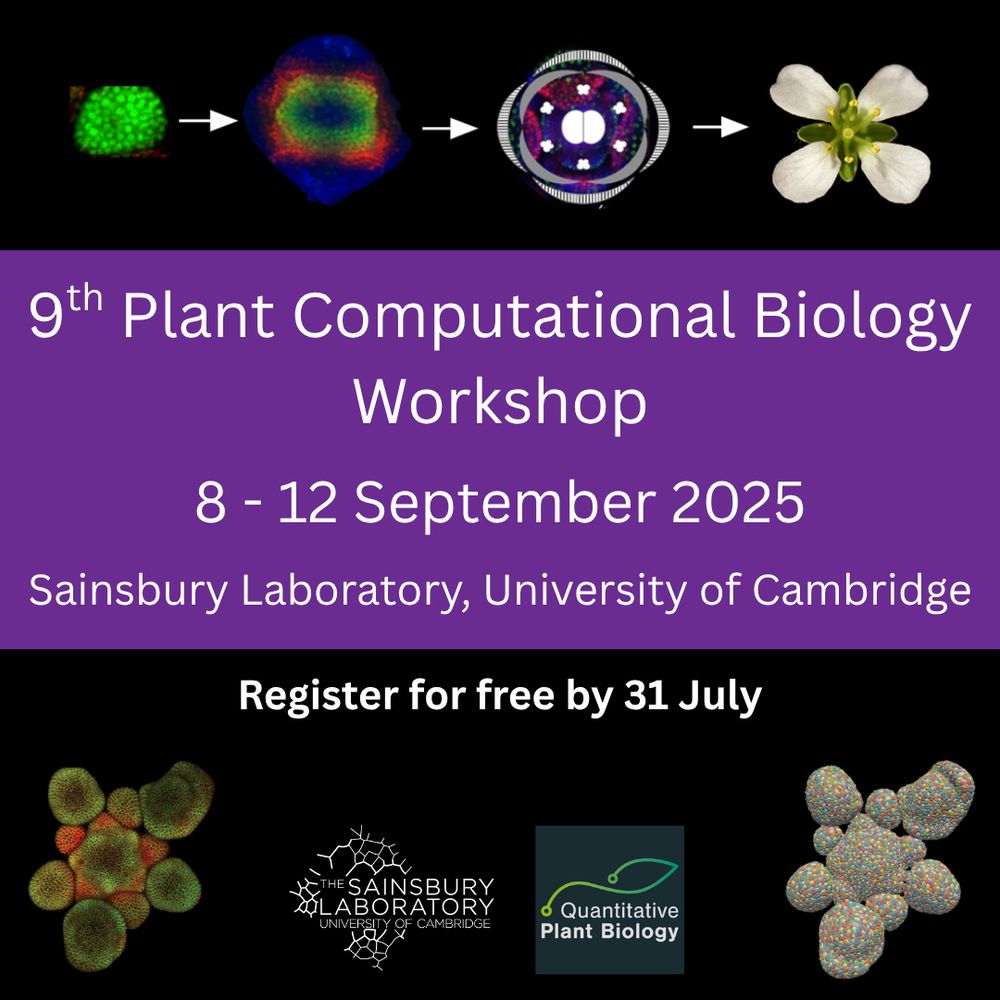Osvaldo Chara
@osvaldo-chara.bsky.social
160 followers
110 following
51 posts
Biophysicist/Modeller playing with tissues in Development and Regeneration
School of Biosciences, University of Nottingham
Posts
Media
Videos
Starter Packs
Pinned
Reposted by Osvaldo Chara
Giulia Paci
@giuliapaci.bsky.social
· Aug 28
Reposted by Osvaldo Chara
Levayer Lab
@levayerr.bsky.social
· Aug 28
Seminars in Cell & Developmental Biology | Novel functions of programmed cell death in development: current status and future challenges | ScienceDirect.com by Elsevier
While the core regulators of programmed cell death have been relatively well characterised, our understanding of the regulation and role of programmed cell death in tissue during embryonic development...
www.sciencedirect.com
Reposted by Osvaldo Chara
Osvaldo Chara
@osvaldo-chara.bsky.social
· Aug 12
Osvaldo Chara
@osvaldo-chara.bsky.social
· Aug 12
Reposted by Osvaldo Chara
Reposted by Osvaldo Chara
Reposted by Osvaldo Chara
Reposted by Osvaldo Chara
Reposted by Osvaldo Chara
Reposted by Osvaldo Chara
Reposted by Osvaldo Chara
Osvaldo Chara
@osvaldo-chara.bsky.social
· Jul 25
Reposted by Osvaldo Chara
Osvaldo Chara
@osvaldo-chara.bsky.social
· Jul 25
Osvaldo Chara
@osvaldo-chara.bsky.social
· Jul 25

